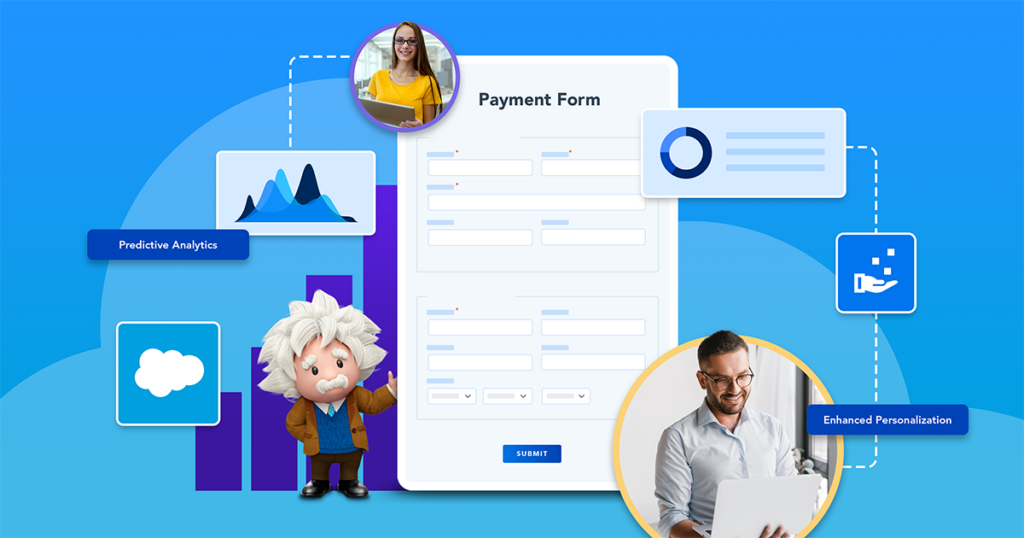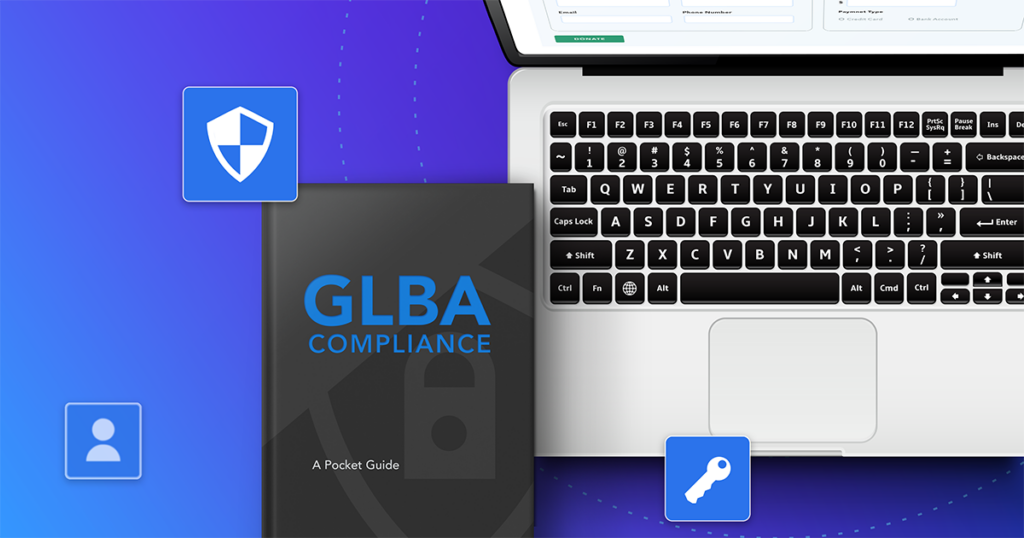Design plays a key role in how your audience interacts with the forms on your website. But all too often, web form design gets overlooked. Or worse, the design is not optimized to keep users engaged and help them convert. If this is the case for your web forms, you are potentially missing out on collecting quality leads that can help your organization grow.
Whether your web form is for email subscriptions, registrations, or simply to contact you, how you design this form will impact how many site visitors fill it out. Here are the top web form design pitfalls to avoid.
1. Not properly formatting fields
The goal of a web form is to get your audience to fill out their information and hit submit. Poor formatting can make even a short web form difficult to navigate and complete. Similarly, form fields with bad spacing or alignment can also be a challenge to users. Fields that are too close together with their labels will only be confusing, making it more likely that respondents will fill out their information inaccurately.
Design fix: A simple format is the best web form design. Keep your web form to a single column layout, with ample spacing around each form field and its label. Avoid using placeholder text as it can confuse respondents and lead to poor user experience. You want to be sure a user fills out the entire form with usable data, so always simplify the format where you can.
2. Not using branded colors and fonts
You want to remove as many areas of friction as possible in your website design. The same goes for web form design. If your web form design does not align with your organization’s branding, it can be jarring for your audience. It may also leave your audience wary and distrustful of filling out your form. The last thing you want a user to do is neglect to fill out a web form because it looks spammy, generic, or off-brand.
Design fix: Align the colors and fonts of your web form with that of your company’s branding. This, of course, is only if the colors meet accessibility standards and fonts are easily legible. Using the same branding on your forms makes it look like they were meant to be on your website. It also builds confidence that your audience is filling out the right form.
3. Not making forms mobile responsive
Mobile responsiveness is a must for creating a great web form experience for your audience. Surveys show that 45% of data is submitted via a form on a mobile device. If your web form design is not mobile-friendly, you could be missing out on capturing new leads or meaningful engagement with your customers. Creating a responsive version of your web form takes a few extra steps, but with today’s mobile-first culture, you can’t afford to skip this.
Design fix: Simplicity is the best way to design a mobile-friendly web form. Keep the layout, fonts, copy, and overall design as easy to navigate and read as possible. Keep in mind that, while there is less space to view a form on mobile, most phones increase the font size. Be sure the CTA button is separate from other buttons to make it easy for users to submit their information.
Don’t forget about security and compliance
When you’re dealing with people’s data, your respondents trust you to keep it safe. It’s important that you follow best practices and maintain the highest standards to ensure the security of your data. Similarly, compliance with data privacy laws and policies is essential to good web form design. These processes are all about what kinds of data you collect, and what happens to the data after you collect it.
- Know your compliance requirements. They’ll depend on what types of data you collect and where your organization is located. For example, you may need to comply with FERPA, HIPAA, Section 508c, PCI, or state laws.
- Don’t collect data that you don’t need. With every question you ask, it’s necessary to think about why you need the answer, how you’ll use the information, and whether it’s consistent with respondent expectations and data privacy laws.
- Don’t store data longer than you have to. You shouldn’t hold onto data indefinitely, especially if you’re safeguarding sensitive information. Your organization may have specific data retention policies.
- Control who accesses the data. Don’t share passwords, keep track of who has access to what, and limit access by default. Because data privacy is critical, access should be on a need-to-know basis.
Start designing better web forms
Interested in learning best practices for web form design? Learn the simple steps for crafting beautiful, responsive, and user-friendly web forms in our Ultimate Guide to Web Forms or by downloading our eBook, 4 Steps to Better Web Forms.



